Rocks dash together
And witches collapse,
Men go the way to Hel
And the heavens are cleft.
Thus ran the Vala’s Prophecy of Ragnarok, chronicled by Snorri Sturluson in his Prose Edda of the thirteenth century. As one Viking shuffled off his mortal coil, however, he would have been greatly surprised to find not Hel awaiting him in the afterlife, but the animistic burial beliefs of the Australian Aboriginals.
The Vikings exhibition at the Melbourne Museum (on until August 26) brings together a range of impressive artefacts of the Viking age, from brooches and buckles to swords and ship rivets, and for that reason is well worth the ticket price ($28). For the first time, however, in an unprecedented step, a major piece of such an exhibition has been withdrawn from public viewing.
In consultation with the “Aboriginal Cultural Heritage Advisory Committee”, Museums Victoria have removed the human remains of a Viking individual in accordance with the spiritual beliefs of Aboriginal members “expressed distress at the idea of human remains going on display”.
According to the Aboriginal and Torres Strait Islander Social Justice Commissioner; “Indigenous laws hold that the deceased will not enjoy spiritual rest until they are returned to their ancestral home and given the last rites in accordance with tradition”. This, coupled with the historical display of the ‘stolen’ remains of Australian Aboriginals in museums around the world led Museums Victoria to take the measure of removing the Viking from the exhibit entirely.
According to Snorri, the Vikings believed in ‘a spirit, which shall live, and never perish, though the body may turn to dust or burn to ashes,’ and that ‘all who live a life of virtue shall dwell with (Alfather) in Gimle or Vingolf, whereas the wicked go to Hel, and from her to Niflhel, down into the ninth world.’ What he could not have envisaged is that there is now, in fact, a tenth world, below the ninth, in which no longer
There tortures Nidhug
The bodies of the dead
but where they are instead tormented by publicly funded bureaucrats trying to implement their latest hand-wringing, “culturally sensitive” policy initiative.
According to the internal logic of the ACHAC and Museums Victoria, this Viking would never find “spiritual rest” until he is interred in his “ancestral home” and given his “last rites according to tradition”. Despite standing in direct contradiction to Snorri’s claim of a Viking belief in a separate, eternal soul, this would entail the ritual interring of the remains by Museums Victoria in Scandinavia, whether via cremation by flaming long ship or mass ritual sacrifice and interment of worldly servants (museum employees?). This has so far proven too much effort.
Or perhaps the ACHAC intended to mean that it was the lack of Aboriginal burial rites that so distressed them, and condemned the Viking to his worldly purgatory. Yet wouldn’t such a treatment of Viking remains, against their own general tradition, make Museums Victoria guilty of exactly that thing which they most abhor; their cardinal sin of cultural imperialism?
Indeed, this absurd move raises many more questions than it answers; are the remains of the Viking more restless under the eyes of museum denizens than the interested public? Why is a Western institution of learning beholden to an ancient, animist superstition? And why, if the museum has such reverence for the dead, do they take the bizarre act of smearing a long-dead Viking man, whose relatively modest burial goods made him seem, to the curators, “probably quite vain” (of course, the far greater wealth of the women’s goods a few cases down were merely the hallmarks of the great “wealth”, “influence” and “importance” of the “freewoman”).
This latest chapter in the bizarre story of Australia’s slouch from a free, inquiring country to an earnest, bureaucratic hand-wringer is more important than it may seem; history shows that when free institutions become subservient to dogmatic superstition over the truth, the world falls ever more into Niflheim, the world of darkness.
Museums Victoria is now considering the removal of all other human remains in their collections.
Got something to add? Join the discussion and comment below.
Got something to add? Join the discussion and comment below.
Get 10 issues for just $10
Subscribe to The Spectator Australia today for the next 10 magazine issues, plus full online access, for just $10.

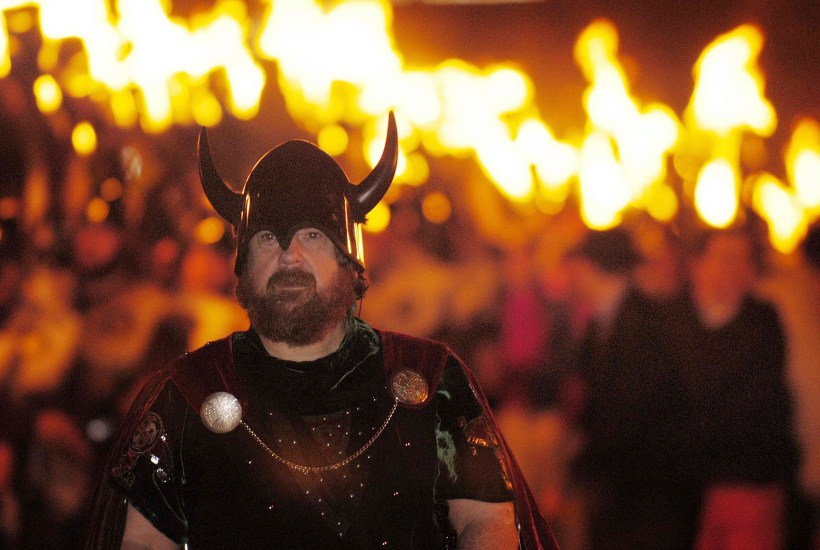
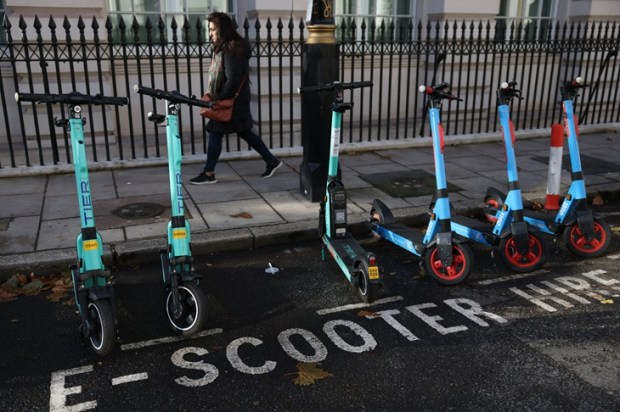

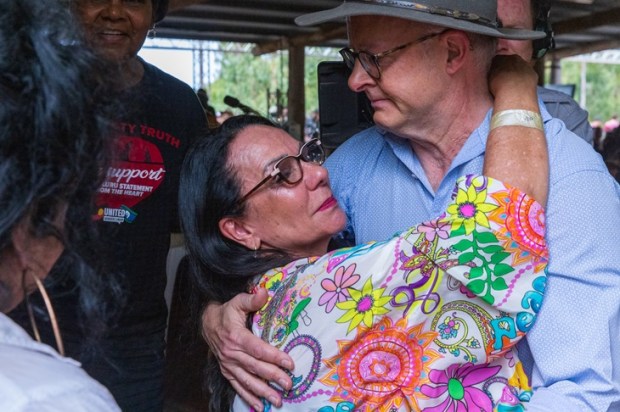

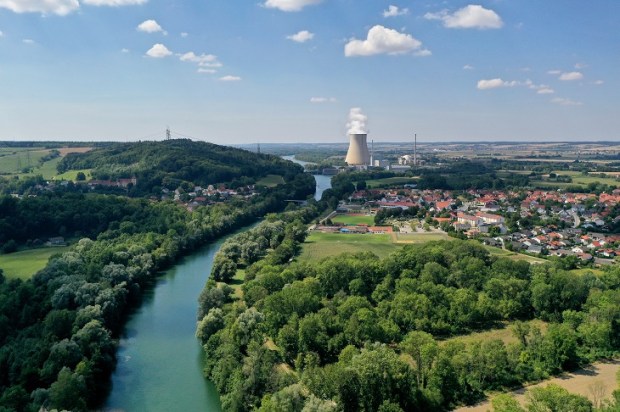
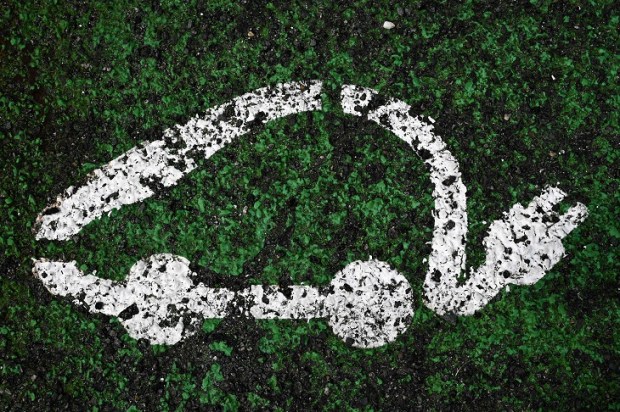


















Comments
Don't miss out
Join the conversation with other Spectator Australia readers. Subscribe to leave a comment.
SUBSCRIBEAlready a subscriber? Log in